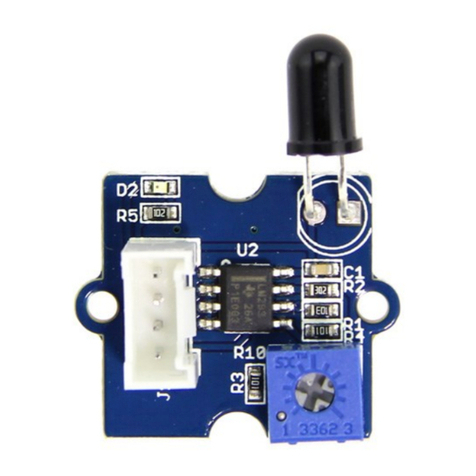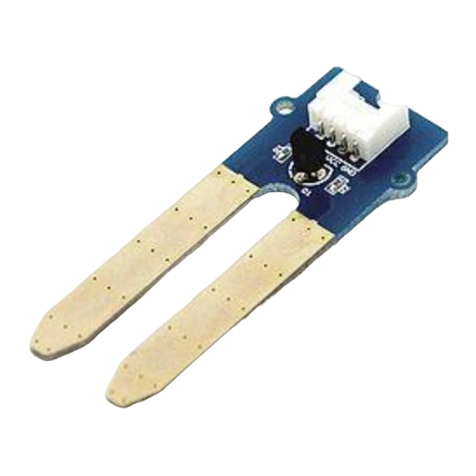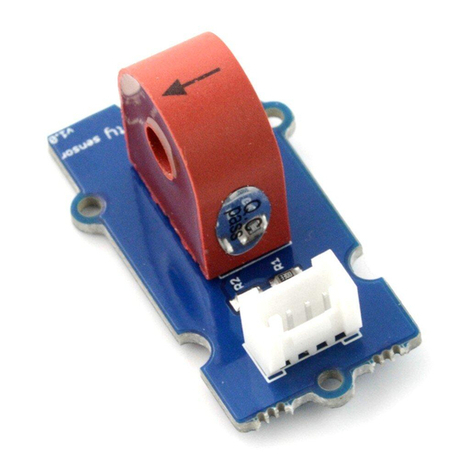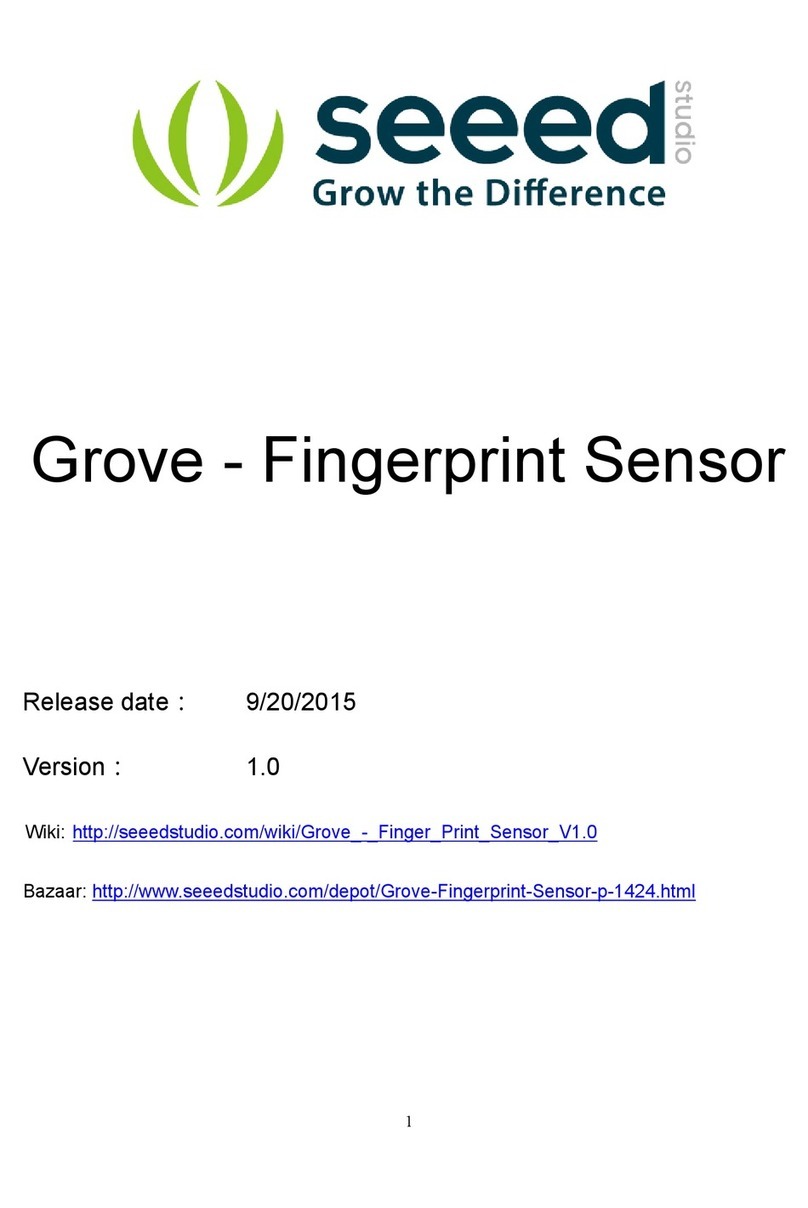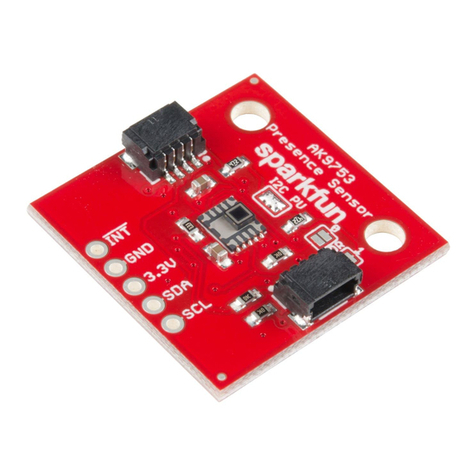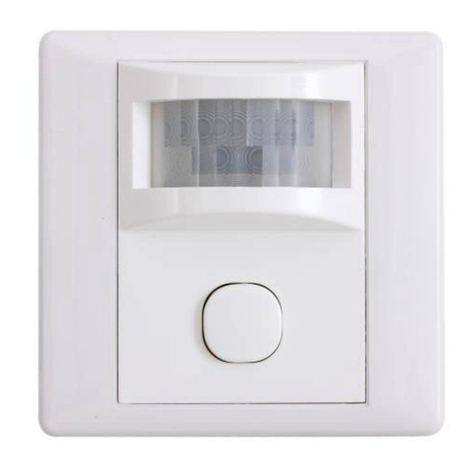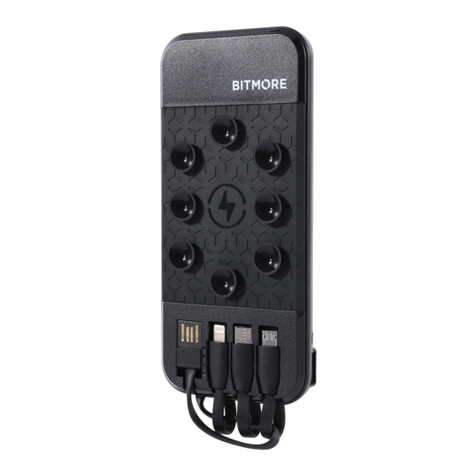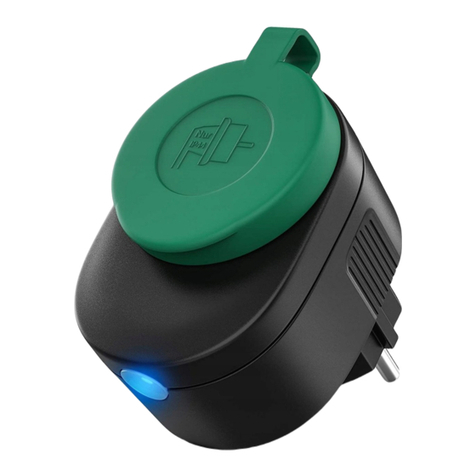
You can use this sensor to detect the loudness. Press Ctrl +C to quit.
Play With Raspberry Pi(with GrovePi_Plus)
Hardware
Step 1. Prepare the below stuffs:
Raspberry pi GrovePi_Plus Grove-Loudness Sensor
Get One Now Get One Now Get One Now
Step 2. Plug the GrovePi_Plus into Raspberry.
Step 3. Connect Grove-Loudness Sensor to A0 port of GrovePi_Plus.
Step 4. Connect the Raspberry to PC through USB cable.
import math
import sys
import time
from grove.adc import ADC
class GroveLoudnessSensor:
def __init__(self, channel):
self.channel = channel
self.adc = ADC()
@property
def value(self):
return self.adc.read(self.channel)
Grove = GroveLoudnessSensor
def main():
if len(sys.argv) < 2:
print('Usage: {} adc_channel'.format(sys.argv[0]))
sys.exit(1)
sensor = GroveLoudnessSensor(int(sys.argv[1]))
print('Detecting loud...')
while True:
value = sensor.value
if value > 10:
print("Loud value {}, Loud Detected.".format(value))
time.sleep(.5)
if __name__ == '__main__':
main()
Success
If everything goes well, you will be able to see the following result:
done
pi@raspberrypi:~/grove.py/grove $ python grove_loudness_sensor.py 0
Detecting loud...
Loud value 15, Loud Detected.
Loud value 11, Loud Detected.
Loud value 250, Loud Detected.
Loud value 429, Loud Detected.
Loud value 203, Loud Detected.
Loud value 16, Loud Detected.
Loud value 11, Loud Detected.
^CTraceback (most recent call last):
File "grove_loudness_sensor.py", line 68, in <module>
main()
File "grove_loudness_sensor.py", line 65, in main
time.sleep(.5)
KeyboardInterrupt
Notice
You may have noticed that for the analog port, the silkscreen pin number is something like A1, A0,
however in the command we use parameter 0 and 1, just the same as digital port. So please make sure
you plug the module into the correct port, otherwise there may be pin conflicts.
edit
